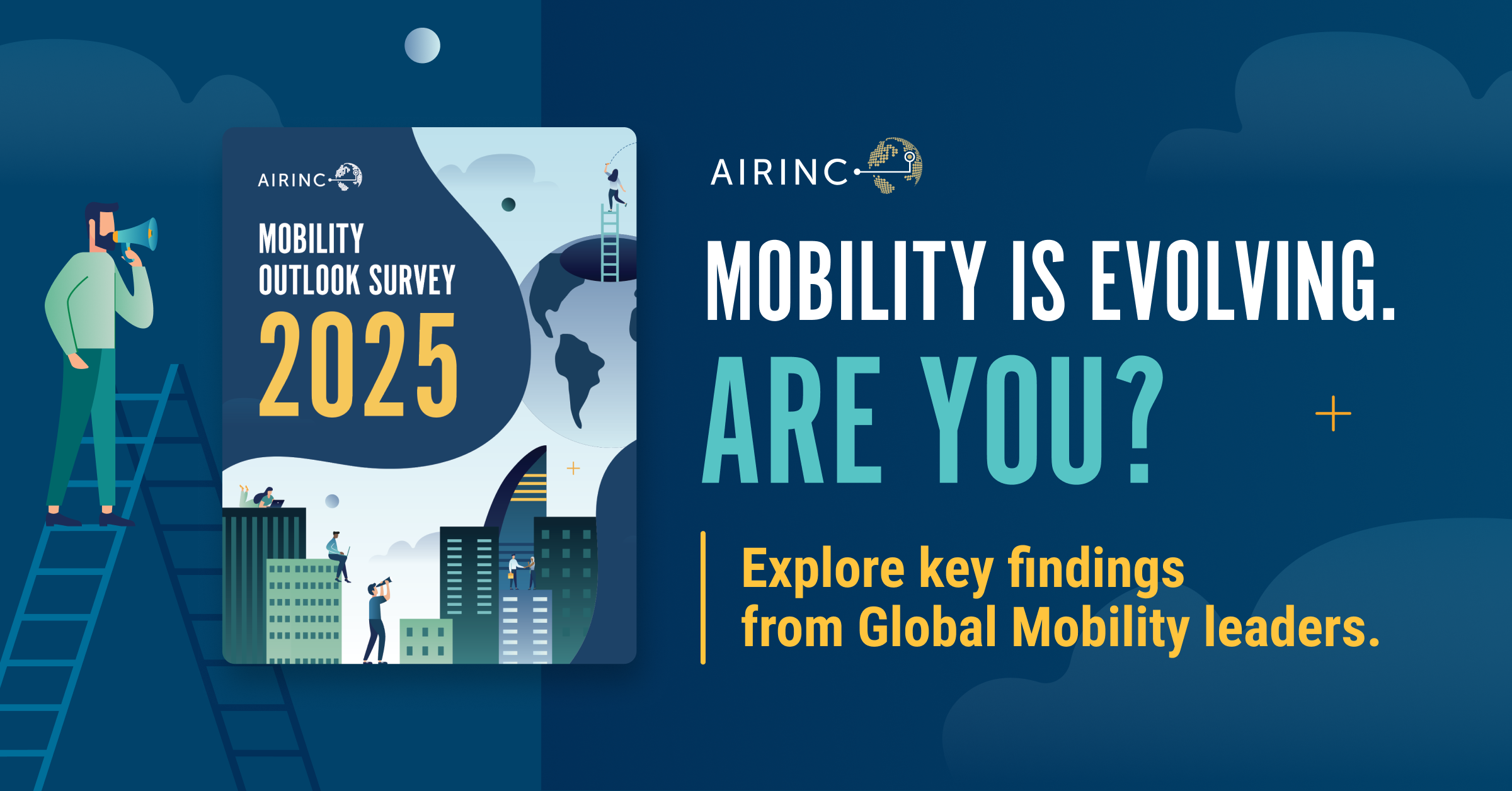Over the past few months, I’ve had the opportunity to attend several global mobility events across the APAC region. While each conference offered its own insights and perspectives, I left with a growing sense that technology—and AI in particular—is starting to reshape our field in meaningful ways.
It is often said that no two days in mobility are the same: moving talent across borders, managing costs, ensuring compliance, and balancing employee experience with business objectives. Technology has always played a role in these activities, but what I’ve seen recently suggests that we may be entering a new chapter.
AI in Action: From Concept to Demonstration
One of the more memorable moments was a demonstration of an AI agent designed to support talent mobility decision-making. The tool was presented with a scenario: a company considering whether to fill a role through an external hire, a contractor, a cross-border internal transfer, or a temporary international assignment.
In the past, weighing these options might have required days of data gathering, analysis, and consultation across teams. The AI agent completed the analysis in minutes—reviewing compensation data, immigration timelines, candidate profiles, onboarding speed, business objectives, and even talent development goals. It produced a recommendation supported by data, not just an answer.
Seeing this in action made me pause. It was a reminder that AI is no longer just an abstract concept in mobility—it is beginning to show practical value.
According to our latest Mobility Outlook Survey 2025, about 61% of companies are exploring AI applications in global mobility, and 25% are already planning to integrate AI in specific areas. This confirms that the shift from concept to implementation is underway.
The Challenge of KPIs and ROI
Another recurring theme at these events was the ongoing difficulty of defining and measuring meaningful KPIs and ROI for mobility programs. Many of us have heard the familiar question: “How do we show the value of mobility to the business?”
Traditionally, mobility has leaned on operational measures such as the number of moves, average relocation costs, or policy utilization. These are important, but they may not always speak to the business outcomes that leaders care about most.
What struck me was that, despite years of discussion, progress in this area still seems limited. My thought is that this may be where AI could help. With its ability to process broad and complex datasets, AI could eventually allow us to draw clearer links between mobility and outcomes such as revenue growth, retention, or speed-to-market. That possibility feels closer than it once did.
Our survey results highlight this very challenge: only 6% of companies say they have a clear definition of mobility success. This gap underscores the opportunity for AI to help us connect program metrics more directly to organizational impact.
Balancing Optimism with Concerns
Of course, conversations about AI inevitably raise questions around data privacy and protection. These concerns are real, and they are not unique to mobility—every business function is grappling with them and trying to find the right balance between innovation and responsible data use.
For mobility, I believe the path forward will be about striking that same balance: protecting sensitive employee and company data while still finding ways to innovate. My impression is that as AI tools mature, so too will the frameworks that allow us to use them securely and responsibly.
Why We Can’t Afford to Wait
I walked away from these events with this realization: hesitation will not serve us well. The pace of AI development is exponential, and adoption is spreading quickly across industries and functions. Those who learn to embrace these tools will be able to deliver more with less—a theme that will only grow in importance.
AI should not be seen as a replacement for mobility professionals but as an enabler. By taking on tasks such as data analysis, reporting, or scenario modelling, AI creates more space for us to focus on the areas that truly require human judgment:
- Advising business leaders on talent strategy
- Designing employee experiences that support attraction and retention
- Building relationships across cultures and offices
- Navigating the human side of assignments that no machine can replicate
In this way, AI can handle the heavy lifting, while we focus on empathy, creativity, and strategic thinking.
Looking Ahead
Competition has always driven innovation, and AI may simply be the latest example. Organizations and professionals who learn how to work with it will likely find themselves better positioned to adapt and add value.
The Mobility Outlook Survey also indicates that advances in AI and automation are seen as major disruptors for global mobility. Nearly half of companies (48%) agree that implementing technology to support AI-driven processes will be a focus area for GM programs by 2030.
For those of us in global mobility, the opportunity is not about adopting AI for its own sake, but about staying open to experimenting, learning, and integrating it thoughtfully. Used well, AI can strengthen our role as strategic advisors, enhance the employee experience, and help us demonstrate the impact we’ve long aspired to.
The coming years will be important ones for our function. My view is that we should remain curious, explore these tools, and consider how they can elevate the work we do best.
Webinar: How do you know your mobility program is THRIVE-ing?
Session 1: Sept 24 | 10:00 AM Boston / 3:00 PM London REGISTER
Session 2: Oct 2 | 10:00 AM Hong Kong REGISTER
Global Mobility is undergoing fundamental disruption, from AI adoption and rising regulatory complexity to shifting employee expectations, cost pressures, and evolving business needs. Traditional measures like efficiency, compliance, and cost control no longer capture mobility’s full impact.
To stay relevant, mobility needs a new lens: THRIVE — a framework for measuring impact that goes beyond logistics and ROI.
Join this 45-minute webinar (featuring Navi) to learn how to:
- Move beyond tactical metrics to demonstrate strategic value
- Refocus on outcomes that benefit the business, employees, and mobility teams
- Apply the THRIVE framework to define what success looks like today


%20(72)%20(1).png)


%20(30)%20(1).jpg)

%20(42).png)

